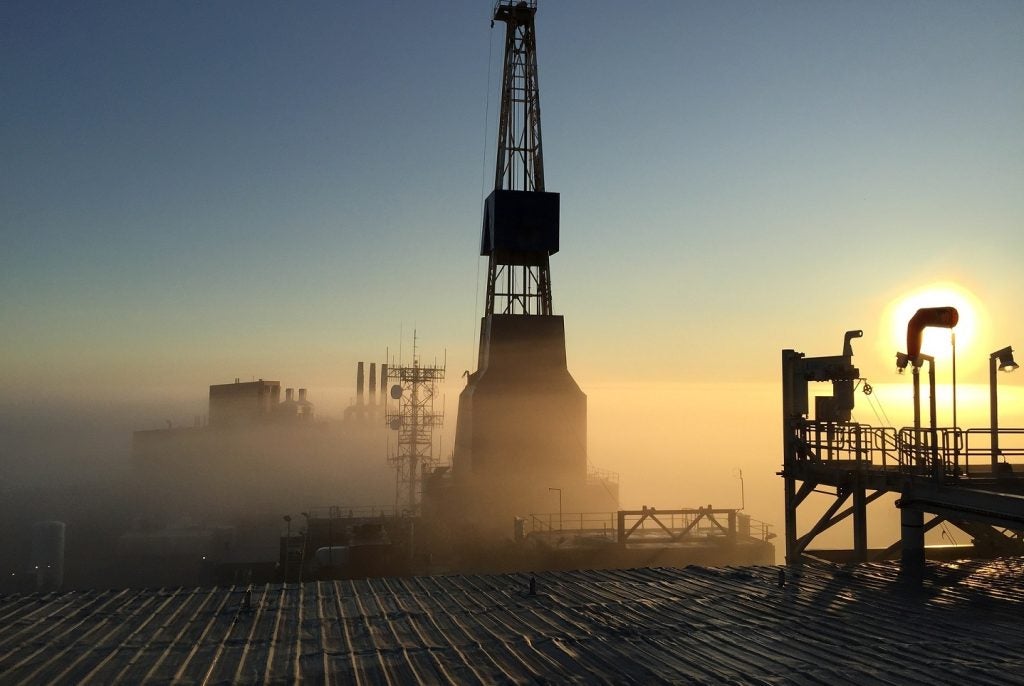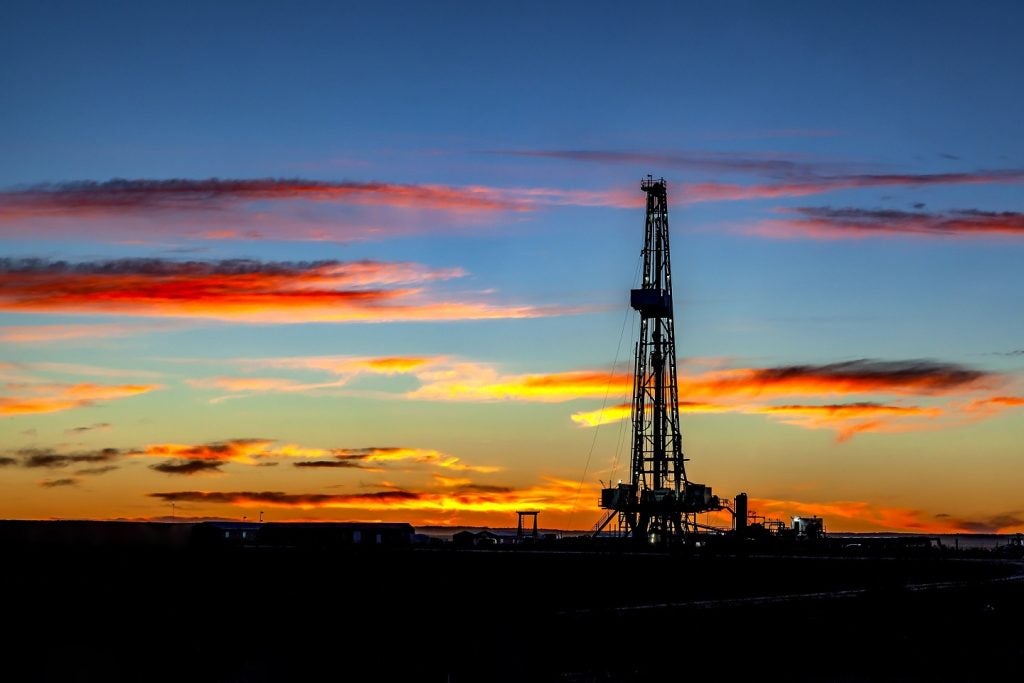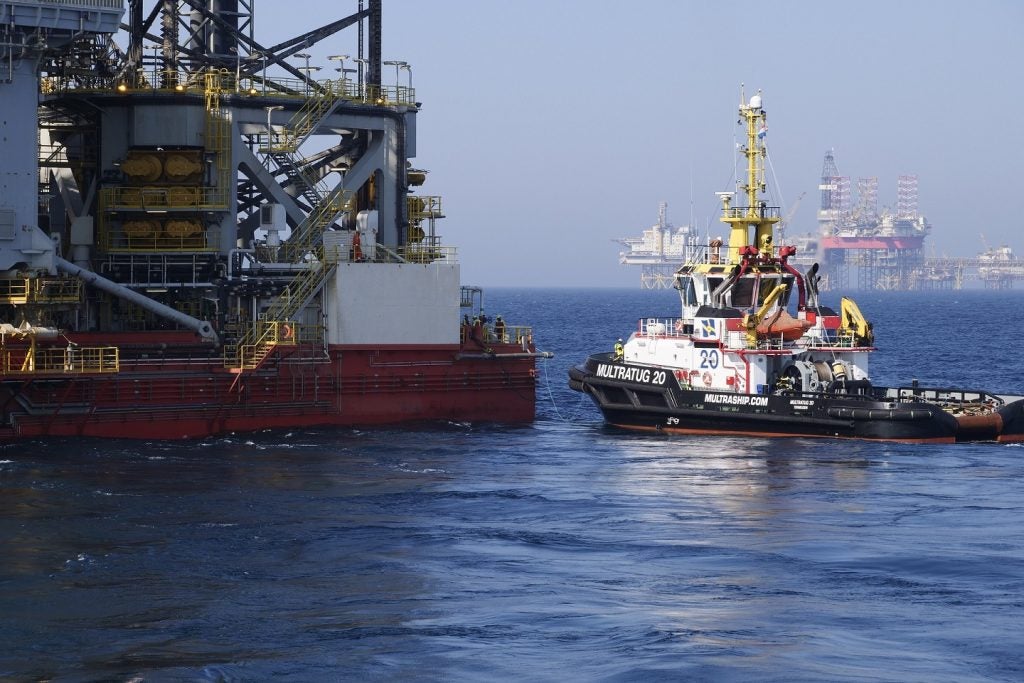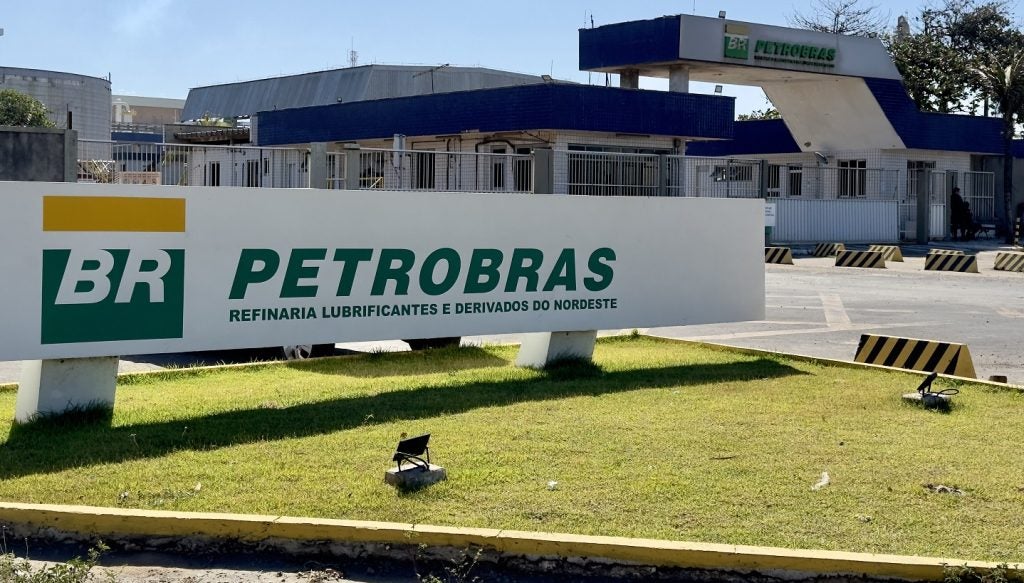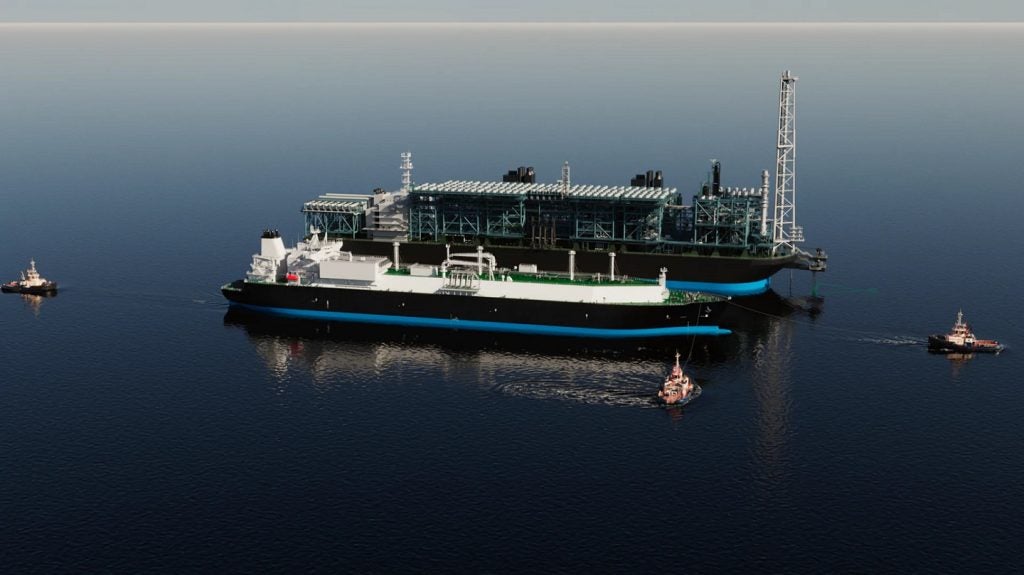Suncor Energy has restarted production from the Terra Nova floating, production, storage and offloading (FPSO) vessel offshore Canada.
The production restart follows completion of the Terra Nova Asset Life Extension project.
In 2021, Suncor and Terra Nova partners agreed to undertake Terra Nova Asset Life Extension Project to extend operational life of the project by about ten years.
Suncor plans to ramp up production at the FPSO vessel in the coming few months.
The FPSO has undergone repairs at a port in Ferrol, northwestern Spain to extend operational life through 2031, reported cbc.ca.
Suncor president and CEO Rich Kruger said: “Focusing on safety and operational integrity, we have brought this key offshore project online, providing additional cash flow for our shareholders as well as many benefits to the Newfoundland and Labrador and Canadian economies.
“We appreciate the collaboration and support from the provincial and federal governments regarding this project.”
The Terra Nova FPSO is capable of storing 960,000 barrels of oil.
The Terra Nova oil field is located around 350km southeast of St. John’s in Newfoundland and Labrador province.
Suncor owns 48% stake in the Terra Nova oil field while Canadian oil and natural gas company Cenovus holds 34% stake. US-based Murphy Oil owns the remaining interest of 18%.
Recently, Suncor acquired TotalEnergies’ shares in TotalEnergies EP Canada, for about C$1.47bn (around $1.1bn).
TotalEnergies EP Canada owned a 31.23% working interest in the Fort Hills oil sands mining project (Fort Hills) and associated midstream commitments.
With the acquisition, Suncor now owns a 100% stake in Fort Hills in Alberta’s Athabasca region, 90km north of Fort McMurray.


